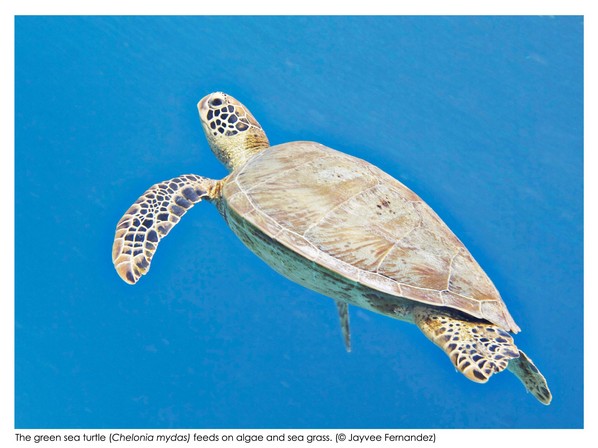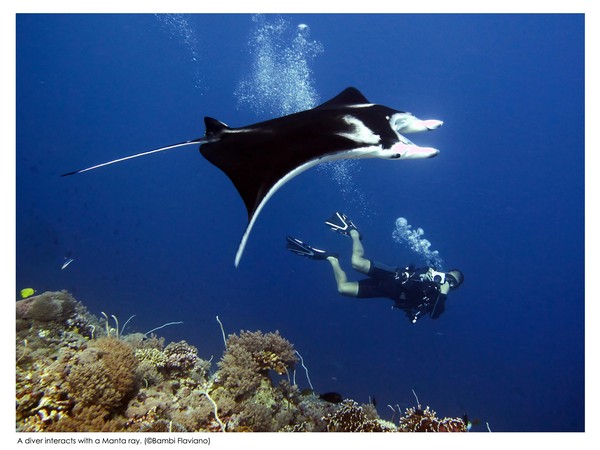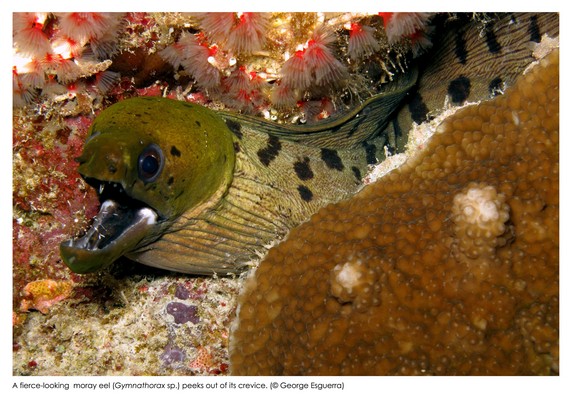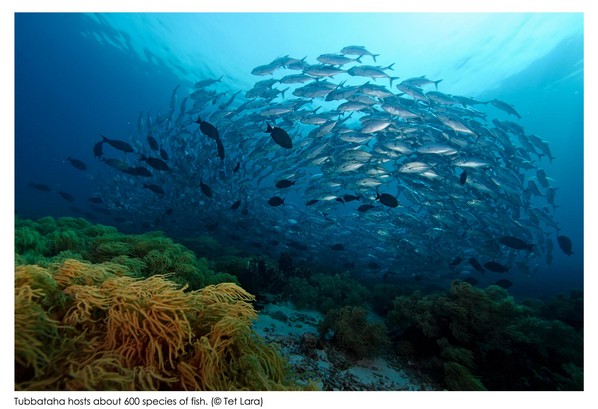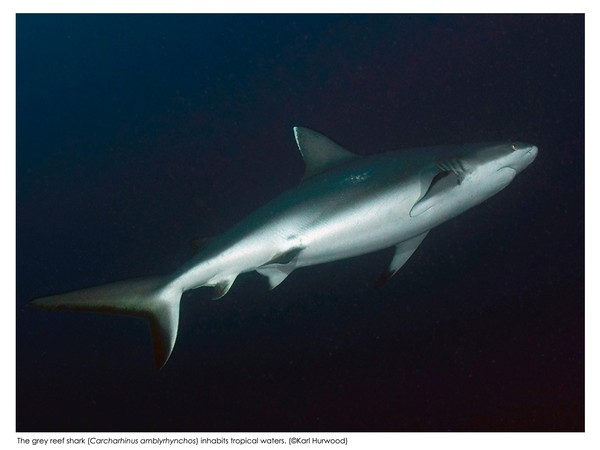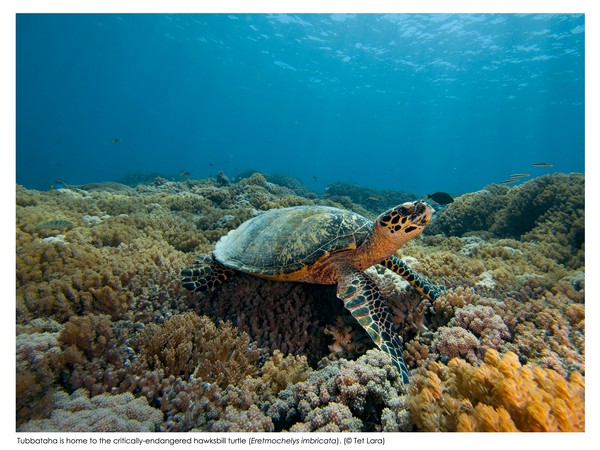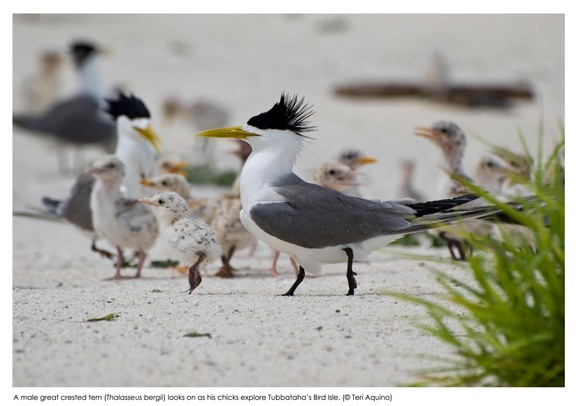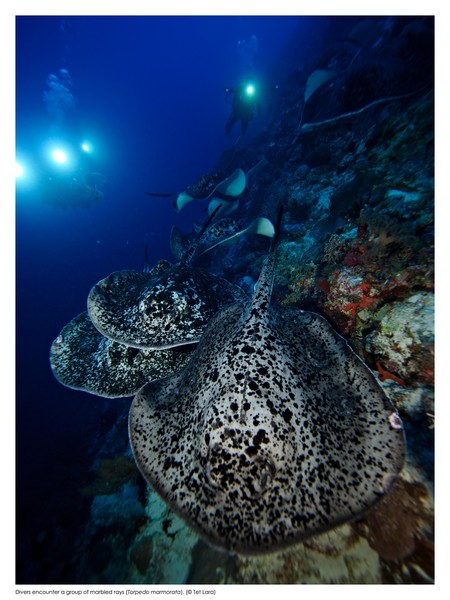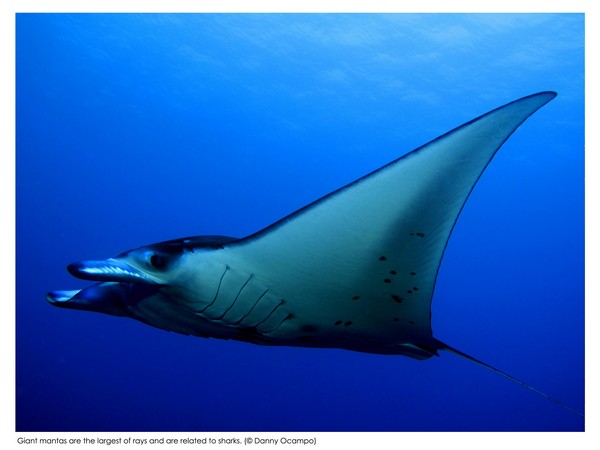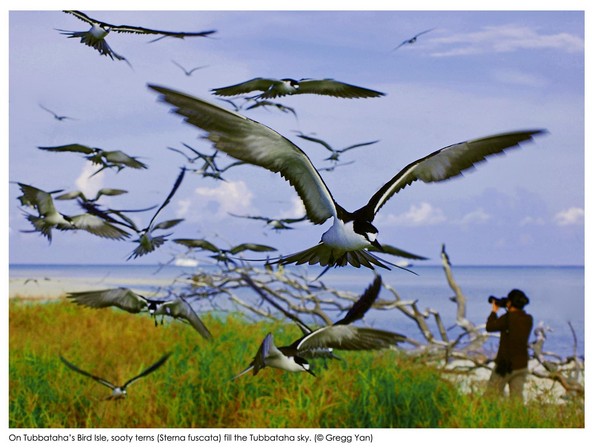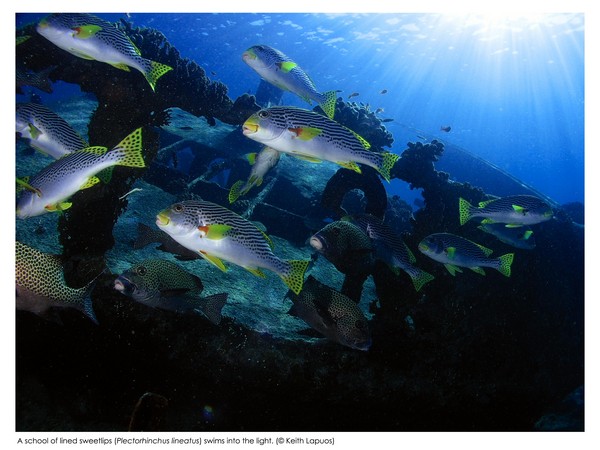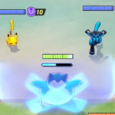When in Manila, especially in this kind of scorching hot weather, we dream of cool breeze, the sand, the shore… the beach! It’s also during this season that we wish we had a life, like Nemo’s… preferably in a haven, no other than the reefs of Tubbataha.
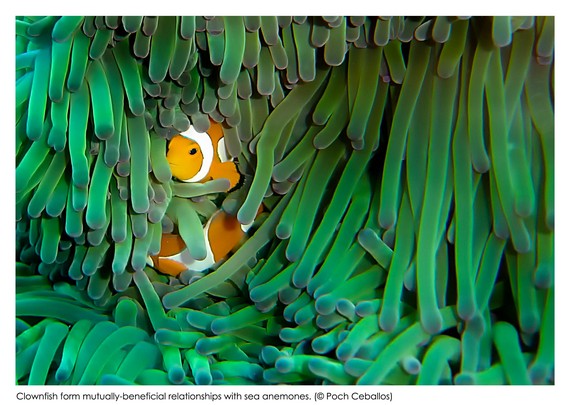
by Poch Ceballos
(Say “Hi” to Nemo… Although this one’s for real and can be seen in the reefs of Tubbataha!)
Chances are, we no longer have to endure the effects of heat on land but suddenly become helpless, if not homeless, because of sea vessels ran aground causing huge destruction to the coral reefs of Tubbataha that houses Nemo (clownfish) and some friends.
Meet a few of Nemo’s friends:
Briefly, Tubbataha is a Samal word which means “a long reef exposed at low tide”. It has two large atolls, the North and the South. An atoll is a type of island consisting of ribbon reef that has a unique geology wherefore the reefs of Tubbataha became apropos of a sanctuary to approximately 1,084 combined species of fish, whales, sharks, coral and birds. No doubt UNESCO declared Tubbataha Reefs Natural Park as a World Heritage Site.
However, nature has its way to claim ownership over what is rightfully hers so that she does as she pleases. During which, the reefs of Tubbataha had gotten two blows in a quarter of a year. We all heard about the USS Guardian sweeping about 4,000 square metres of healthy corals when it ran aground on South atoll. Then, recently, a Chinese Fishing boat crashed recklessly into the country’s rich waters.
For these reasons, we are bound to ask of the effects of these casualties to the reefs and the imminent danger to the habitat, especially its dwellers.
As asserted by Jose Ma. Lorenzo Tan, Vice Chair and CEO of World Wide Fund for Nature Philippines, “Many people who don’t dive or who don’t understand marine environment tend to get fixated on corals.” He argues that we don’t eat coral, we eat fish. It so happened the destruction was on the coral that houses the fish. He added, that the damage is minimal, “But WWF is making a big deal out of it because it’s not the size but food security. It’s the future.”, he continued. Giving us an idea of what that future is about, “Most reefs in the Philippines only have 15-tonnes by a mass per square kilometer. While Tubbataha has 200-300 tonnes / square kilometer!” Thus, Vice Chair and CEO mused on the small damage on the coral reef, “Because every single square meter counts!”.
Concluded on the next page…

